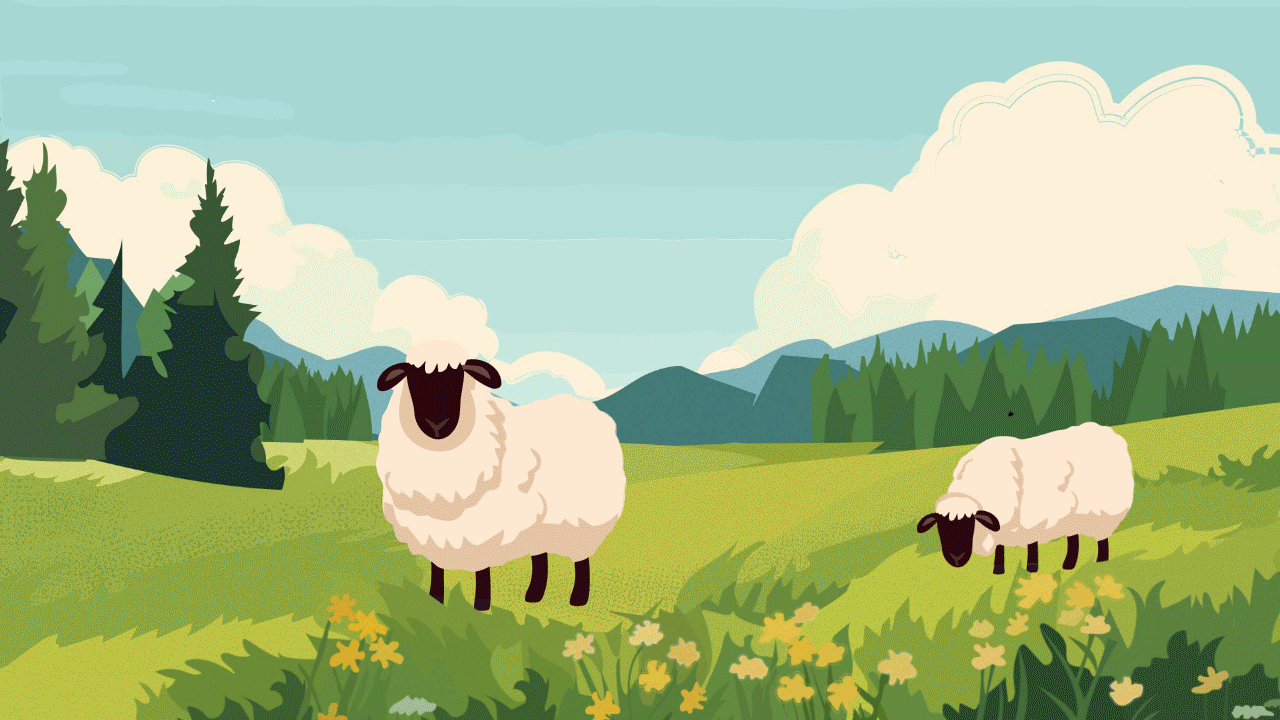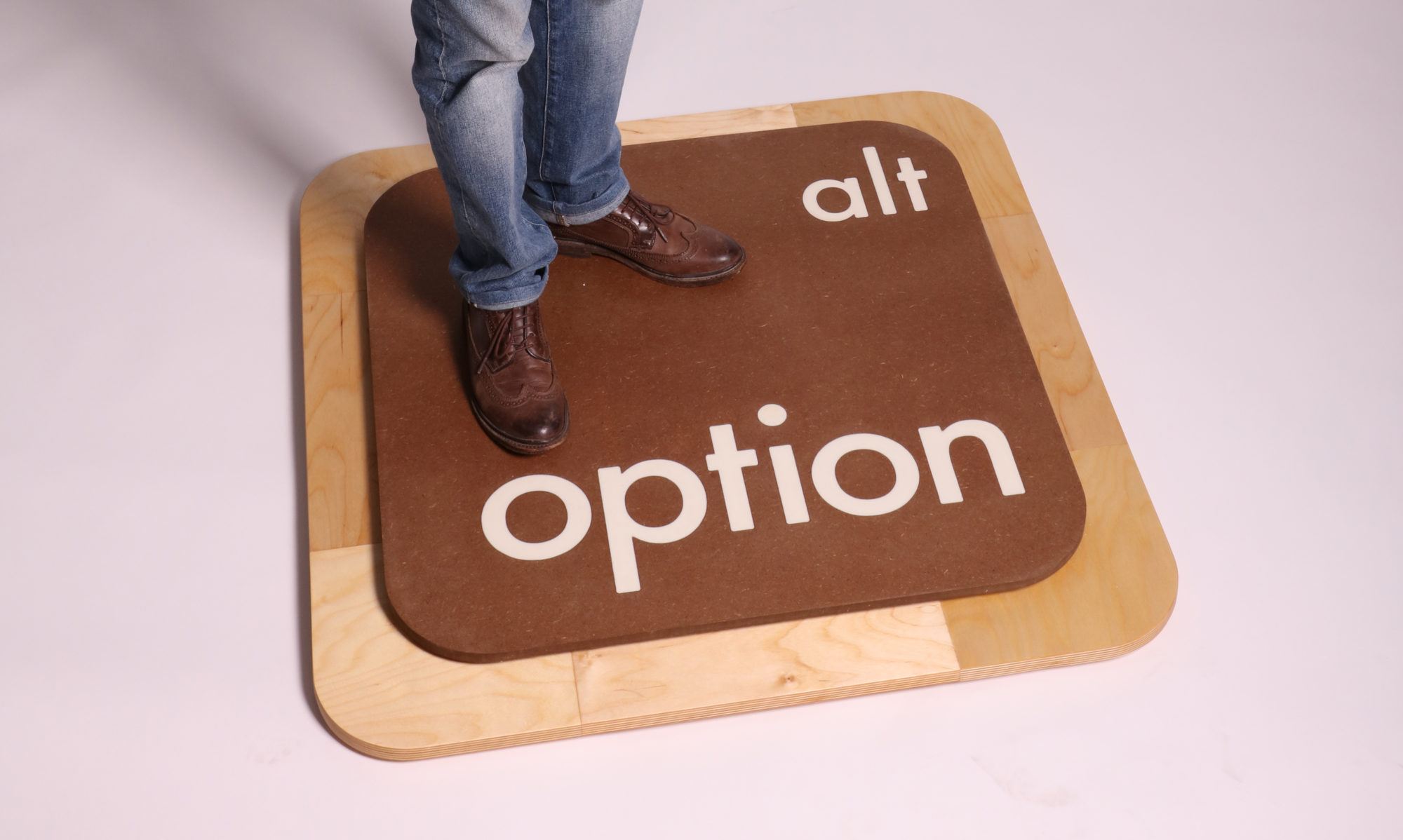The Fuzzies Game Questions
Madison Hurst
Was it fun?- In the beginning, the game was super fun, but quickly became boring. I think there was not as much action or tension per se as the game continued. The act 2 structure was very static, and a few issues arose.
What were the player interactions?- The player interactions were competitive because we were all trying to make the fuzzy Jenga harder in order not to be the person who makes it fall apart. For instance, one interaction that happened was when it was my turn, I pulled a green fuzzy ball from the bottom, which then made the tower extremely unstable. This challenged the steadiness of my opponent’s hand and made the game harder and more intense.
How long did it take to learn? Learning was immediate since the game mirrored Jenga but used fuzzy pieces. Everyone grasped the rules instantly, while the action cards introduced a challenge.
What was the most frustrating moment or aspect? The most frustrating aspect was repeatedly drawing the same action, like getting “cover one of your eyes” while pulling a green fuzzy ball. This repetition bored players and lost their attention.
What was your favorite moment or aspect of what you just played?- My favorite moment of the game was making it challenging for others. I would pull a fuzzy ball that would lead to the opponents messing up or making their turn difficult.
Was there anything you wanted to do that you couldn’t?- I wanted to add more variety in the action cards to make the game more challenging/interesting.
If you had a magic wand to wave, and you could change, add, or remove anything
From the experience, what would it be?- I would change the use of the tweezers. All players, when it was their turn, were able to use the tweezers, but I think that made the game easier since you didn’t need to grip them as much. But, I would change the tweezers into an action card (as a benefit) and make the other actions cards harder.
Is this a game you would play again? No, because it was pretty boring. I lost focus pretty fast because there was barely any tension between the players, and the action cards didn’t challenge us. I would prefer to play regular Jenga since it’s wooden blocks, and you have to be more careful with your technique. In the Fuzzies game, the fuzzy balls tend to stick to each other, which makes it a little bit easier.
Analyze the game using the 3 act structure. – The first act was understanding the game and making sense of the action cards since normal Jenga doesn’t have them. At this point in time, the players are figuring out how easy it is to grasp a ball and understand the rhythm of the game. The second act is when players start to become more analytical with their turns and pull a fuzzy ball that could potentially put another player in a tough position. This is the act where I felt the game slowed down and was lacking fun. The third act is the ending of the game. The Fuzzies’ ending was becoming more obvious, and it was a matter of time before someone’s hand was going to be shaky and mess up. Most of the fuzzy balls were on top of the tower. At this point, everyone was fairly checked out, and we went through all of the action cards.
What are the collaborative and or competitive aspects of the game? – This game is competitive in a sense because you were challenging yourself to pull a piece/ball out of a tricky area in the tower in order to make it shaky for your opponent. The competitiveness came out when a player would make a mistake or was really close to losing.
What is the game’s metaphor, and which of the game’s mechanics stand out? – The game’s metaphor or theme is ensuring your stability and creating a risk for others. The game’s mechanics precision, tensions increase with each turn, and obvious risk. Fuzzies require precision to make a big time game move and put yourself in a good position for that round. When picking a fuzzy piece, you take the risk of collapsing the whole tower. Lastly, there is tension with each turn, as the player must avoid messing up when the tower is shaking.
Sheep Animation Loop 2
Here are 2 variations of the 2nd loop so far. The first one, I forgot it was supposed to loop. I tried fixing it with the second video. There are still some tweaks to make – the clouds aren’t perfect at times. Technically it isn’t a perfect loop.
One challenge I’m facing is I only have 72 frames to work with and I need to show drastically changing landscape. I’m not sure I like how fast the sheep is moving in the second animation but I’m struggling to find a way around it. Any thoughts?
loopz
here ya go squa
The Light
Da Animation so far !
Here’s a loop that I created, that I later converted to a graphic symbol, which gave me the ability to see what I was editing while I keyframed this symbol across the “pink screen”. I chroma-keyed the pink background stage instead of a blue or green one because there were shades of blue and green on the actual animation itself. This allowed for a clearer image overall.
It’s not done… However I think it’s a good start for the intro scene. Pls excuse the horrible render quality as I had to export a smaller file size in order to get it to be small enough to fit on this site’s parameters. If y’all got questions I’d love to answer
Interactive Animation Experiment
i gained a new-found hatred for AI.
About halfway through attempting to use ChatGPT to help me solve a half-colored rubix cube, it soft-blocked me from working on this project anymore; not because of my ‘plan’, but because it I would make a rotation, snap a frame, and then ask the AI which colors would become visible/invisible, etA.
Despite the 5+ years this thing has been learning, millions of dollars of funding, and environmental impact, I now have an entirely new hatred for AI. Of course, I knew it wasn’t perfect and it’s learning – that’s fine; but it didn’t learn. I wasted several hours typing back and forth, only to get the same or different incorrect results each time. I genuinely wish I just learned to solve a rubix cube instead.

Animation Experiment
First week of animation experimentation.

I got a little lazy with the feet walking and the environment. For future versions, I want the flowers to wave gently. I used Adobe Animate for the first time to create this gif. The animation elements are partial vectors from Adobe Stock. I imported them into Figma to assemble and add texture. For the final animation, I plan on adding more texture and brushstrokes.
Here are the files I used and tweaked:



Homework: 5 game ideas that can take place on campus
- Blind, Deaf, and Mute scavenger hunts around campus.
- Requires a disability of some sort for teams to work together to find and do all the tasks before the clock runs out.
- Just Dance, but all the dances are previous Greek Week Airband Dances.
- Taking Just Dance to the next level, except we are taking RMU Greek Week Airband Dances and making the user dance without music, and matching that dance to the song used.
- Haunted Bouncy House obstacle course on Nicholson Lawn.
- Think Temple Run, but within the Bobbymania verse and their bounce houses to connect them all. This takes place around dusk, being chased by Romo, and you have to escape his obstacle course.
- Fortune Teller Bingo.
- Make a Fortune Teller out of paper with a custom bingo of your own creation, and match the cards to something on the fortune teller.
- Fortune Teller code cypher to decode messages based on what numbers come out of your fortune to diffuse a bomb or escape.
- Create a paper Fortune Teller around clues and riddles with a cypher code the user has to solve in order to diffuse a bomb or escape a room.
Game Design Ebook
4D Final
Ideas for a Text-Based Choose-Your-Own-Adventure Game
Ideas
- Saying goodbye during a long distance relationship. Have scenes that are fun and light-heartened and then there is just an emptiness
- Having a relationship but you are having anxiety but you can’t always talk; you need someone to talk to but you just feel so alone despite being in a committed relationship
Daily anxieties | (Title: Rabbit Holes??)
Excuse the word vomit. I’m likely going with this idea and I’m going to use these concepts. The game is supposed to feel sporadic and chaotic, imitating how overwhelming it can feel to have some of these thoughts and not being able to suppress them. This chaos of this list imitates how I want the game to feel lol
- Checking someone’s location. Not knowing where they are. Assuming they’re dead
- Check facebook to see if there was a car crash. Check their friends’ locations. Check their families facebooks.
- Someone hasn’t responded in a while
- They hate me
- Or they died and I don’t know it
- What if my grandma died and I just don’t know it because I have been so busy lately? It wouldn’t be the first time it happened
- What if my boyfriend secretly hates me
- He doesn’t want kids but maybe it’s just because he doesn’t want kids with ME and he thinks I would be a bad mother. It would be a different story if he was with someone else
- What if I have been tricked this whole time and he has a whole different life with a whole other person
- Driving
- Road is closed
- What if I accidentally hit someone
- What if I hit someone and I don’t even know about it
- What if I’m driving down the wrong side of the road
- Thinking about if I am supposed to be in class right now? Have I forgotten about class the whole semester and didn’t realize it until now
- I’m going to fail if so
- Feeling like I am going run into the guard rails and walls
- Seeing roadkill
- Trying not to run it over
- Close your eyes
- What happens if I get pulled over?
- Idk what to do
- Do I run away
- Hitting a pothole
- What do I do if there is an ambulance coming down the road??
- What happens if a trail derails right now
- What happens if I get stuck on the train tracks, what do I do?
- What do I do if I witness an accident?
- School
- What if my professors hate me and I’m gonna fail
- I’m probably failing right now
- They haven’t emailed me back do they think I’m stupid or hate me
- I’m I even going to be able to finish this assignment
- What if i don’t graduate on time
- What if there is no parking when I get to Wheatley?
- I’ll have to go back home
- I’m gonna miss class
- What if I choke
- I’ll die and People are going to make fun of me, that’s so embarrassing.
- Someone is going to rescue me and that is even more embarrassing. I’ll have to live with that for the rest of my life.
- What if I forgot to put deodorant on
- What if I forgot to unplug my straightener
- What if my plants are dying because my air conditioning got way too cold
- What if I forgot to brush my hair and the back of my head looks like a tangled rats nest
- What if someone parked me in at school and I can’t get out
- What if I left my creamer out on the counter and it’s gonna get all smelly and I’m gonna have to through it all away
- What if the CAs decide to do a surprise room check and my room and they are going to kick me out because it’s so messy
- What if I smell bad and no one wants to tell me?
- What if my professors hate me and I’m gonna fail
playtest notes for Hear Me
- What was the most frustrating moment or aspect of what you just played? nothing was frustrating, the concept was executed very well and the coding worked as intended to.
- What was your favorite moment or aspect of what you just played? i realy enjoyed listening to the music, getting to see what he picked for each emotion made alot of sence.
- Was there anything you wanted to do that you couldn’t? sometimes how your feeling doesn’t fit perfectly with the simple happy sad anxious. it would be nice to help identify your emotions.
- If you had a magic wand to wave, and you could change, add, or remove anything from the experience, what would it be? if i had a magic wand i would make an option of other, sometimes people don’t know what emotion they are feeling so maybe their should be an option where you listen to a playlist of songs that match different emotions and you can sit and listen and tap a button if that song matches or doesn’t match what you are feeling and the game will help you to identify what you are feeling.
- What should be improved with the next version? nothing specific.
- What was the game’s message? music can help with emotions.
- Describe the game in 3 words: music, help, feeling
Harding – Video Performance
Dome Projection Trials – Maria
For my project, I chose to project various footage of cells and organisms observed through the lens of a microscope. The goal of this experiment was to be immersive, and test how some of life’s smallest structures could be displayed on a large scale.
First, I took all of my images and placed them over a black background via Instagram stories. This allowed me to quickly, and easily, crop the top layer image (through the microscope) into a perfect circle. I saved my creations back to my camera roll. Since I could not follow this same process for other forms of media, I used Adobe Premiere Pro to create a circular black mask around my video content. I then uploaded all of the media into iMovie so that I could arrange my content, add transitions, and adjust play speed. Since iMovie formatted everything onto a black rectangle, I utilized Adobe After Effects to crop my final into a square the size of my circular content and export as seen above. This would allow the footage to be compatible with RMU’s dome projector.
